The circular economy seeks to move beyond traditional manufacture, use, and dispose culture to build resilience into systems, products and services throughout their lifecycle and beyond. In this article, we look at the circular economy and how it can be used in urban design and landscape architecture to improve sustainability.
Linear Economy
Our current approach to consumption is largely a linear process. We purchase products, use them for their useful lifecycle, and then discard them. Often this waste is not recycled or reused and simply ends up in landfill.
In nature, very little is wasted. Often the faeces of one organism goes on to feed another, which in turn creates waste products that add humus to the soil. The nutrients from the humus ultimately fertilize vegetation in a closed loop that is self-sustaining.
Watch: Re-thinking Progress: The Circular Economy
Circular cities
Our cities can be a major source of circular systems. The global population is expected to reach 9.8 Billion by 2050; some 66% of whom will be living in urban areas. That represents around 6.5 billion consumers living in the cities we create. As designers of the urban fabric, we are uniquely placed to influence the future of consumption in cities.
The goal of using circular economy in urban design is to create systems and products that not only reduce consumption while reducing waste but also create economic and social benefits.
Including circular economy principles in urban design requires collaboration between public and private sectors in a non-competitive approach.
Closing the loop
Implementing circular economy into projects can be undertaken at all scales. Firms like Circular Landscapes are using the circular economy to create projects that bring economic, social, and environmental benefits to their neighbourhoods and beyond. From more strategic level cases such as Climate-active Cities that outlines climate strategies for various types of cities, to projects like Springfields that looks to make agricultural irrigation more sustainable and circular; Circular Landscape’s projects illustrate the power of the circular economy thinking at the project level.
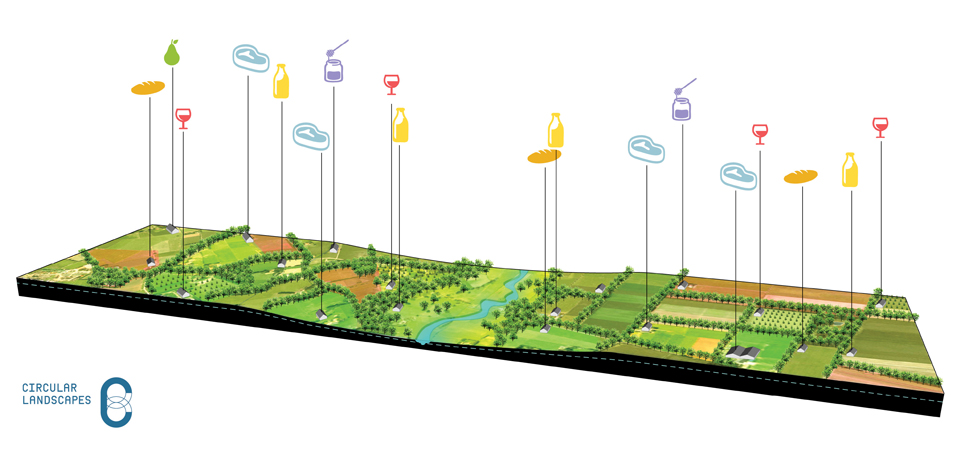
Feeding the City_Circular Landscapes
Making the linear, circular
There are several ways in which built environment professionals can add value to the circular economy and improve the sustainability of the projects we work on. In Hiedanranta, a new 25,000 inhabitant urban district in Tampere, Finland, Jolma Architects is working with a team of international architects, landscape architects, and transport specialists to implement circular economy thinking at the structure plan and master plan levels. For example, we are preparing for a reduction in private vehicle ownership in the future by specifying parking buildings that can easily be adapted for other uses as demand for car parking spaces reduces. These parking buildings also act as material collection points that encourage people to recycle their waste by making it as easy as possible. Waste organic material is used as fertilizer for local food production with low food millage. A heavy focus on renewable energy ensures that the infrastructure of clean energy production is implemented from the start and is easily adaptable for the future.
One specific example of waste to energy in Hiedanranta is the Tampere University of Technology’s trial of urine to create power. Urine is collected and processed to provide nutrients with which to grow algae that is then used as biomass fuel in energy production.
Linking the chain
By specifying recycled and reused materials throughout the supply chain, we can reduce waste and energy consumption, and often save money in the process. Gamle Mursten is a company that upcycle materials by collecting used bricks, clean them using vibration techniques, and sell them on. Thus, ensuring a waste product of the demolition industry is reused for future generations. Similarly, the Danish company RGS90 recycles waste porcelain products and insulation into reusable and recyclable building insulation such as ROCKWOOL.
Levels of circular economy in the city
Another project we are involved in investigates how sustainable circular economy principles can be applied practically in an architectural project. Together with Evolving Symbiotic Cities (ESC), Jolma Architects is working on the circular economy project, Circular City Blocks, in the North Bank area of Hiedanranta. The project is the brainchild of Cireco. “Cireco works with partners to create… efficient and high-quality projects that are based on producing zero emissions, clean materials, and resource-conserving design in accordance with the principles of circular economy.”
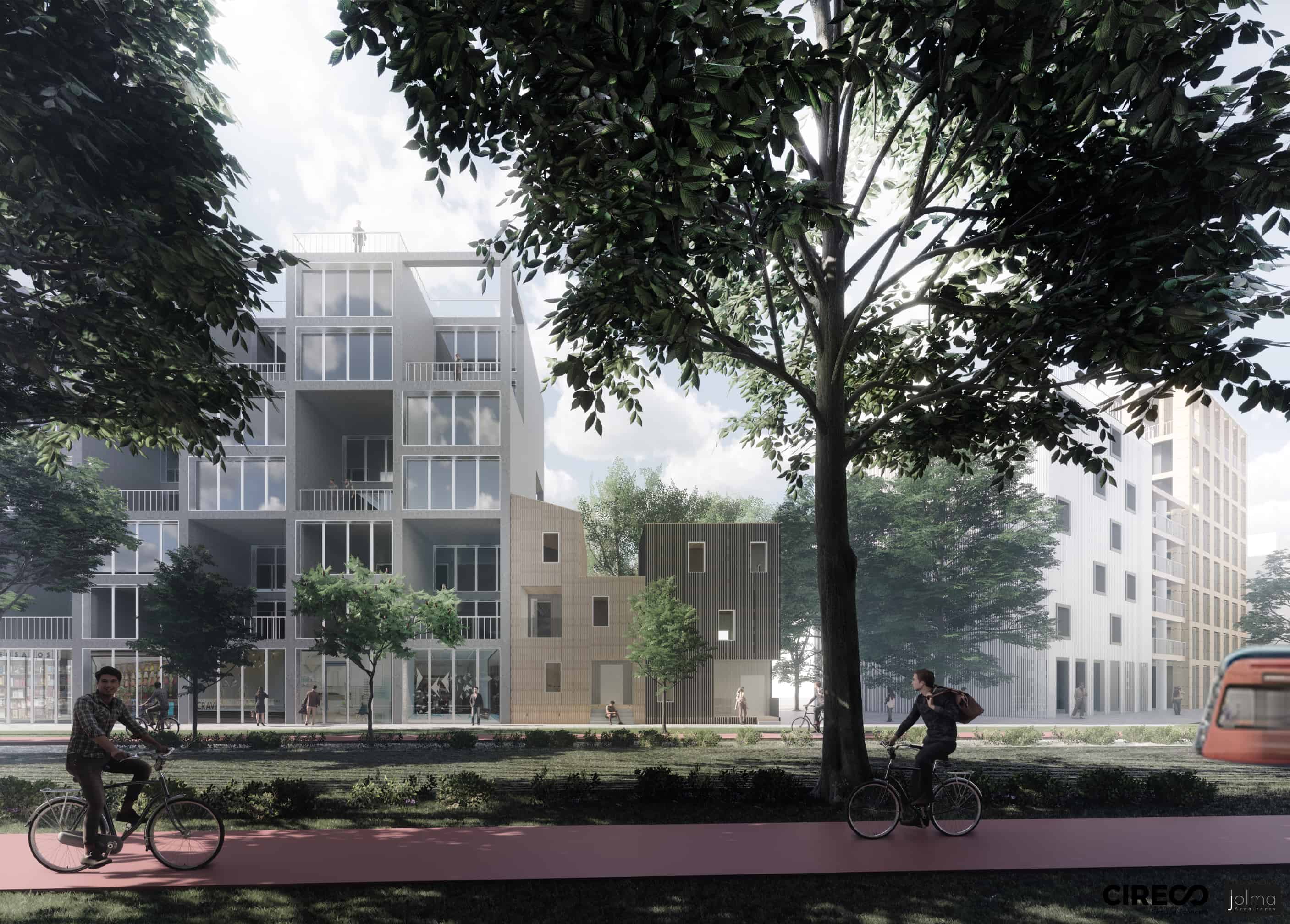
Circular City Blocks_North Bank Hiedanranta. Cireco Finland, Jolma Architects, ESC
Several options for North Bank have been investigated, from a single circular economy tower to a sustainable street, and even a whole circular economy city block. The project utilizes principles such as:
- Built for disassembly
- Modular construction
- Adaptable and flexible spaces
- Integrated and shared services
- Resource efficiency
- Vacuum-based sewerage system
- Renewable energy and storage
- Combined heating and cooling systems
North Bank Hiedanranta was presented at the World Circular Economy Forum 2019 by Cireco in Helsinki in June.
Landscape Process as Circular Economy
Landscape processes can also add value to the circular economy. In traditional water management, wastewater is treated and then discharged into watercourses. This water is not always adequately processed. A 2017 United Nations report states that globally an estimated 80% of wastewater is discharged into watercourses without adequate treatment.
Constructed wetlands offer opportunities to harvest wastewater and clean it by means of phytoremediation. This creates an economic benefit in providing a product (cleaner water) as well as environmental benefits through habitat creation and social benefits in amenity space.
Much has been written about the ecosystem services of urban forests; from mitigating the urban heat island effect, stormwater management, and managing the pollution cycle. Urban forests can provide locally sourced products and amenity space while providing these ecosystem services.

Circular Thinking
By changing our thinking from a linear economic modal to a circular one, built environment professionals can facilitate connecting waste products and processes in the city. Circular economy results in local economic, social and environmental benefits. Whether it’s designing better, more circular, neighbourhoods, incorporating circular technology and processes into our projects, or influencing the supply chain to bend an existing linear economy to make it circular, we are uniquely placed to make substantial long-term impacts upon our cities. We would love to hear how you are using the circular economy in your work. Please share some examples in the comments section below.
—
Lead Image: Triango sustainable business park in Paris, designed by RAU Architects, SeARCH, and karres + brands.



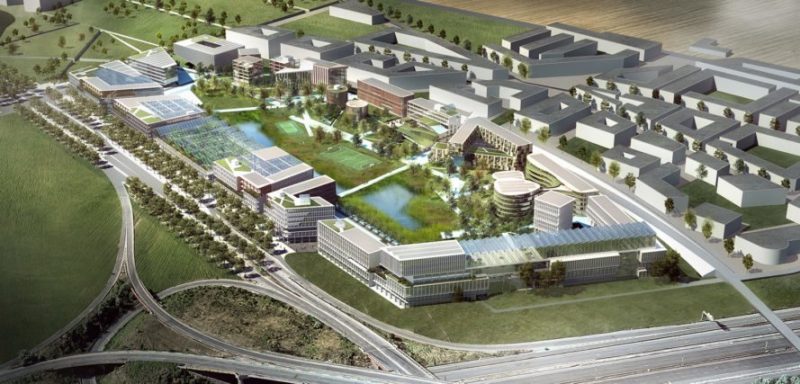
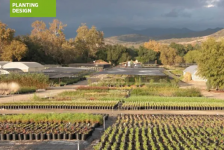
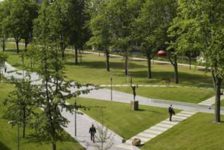
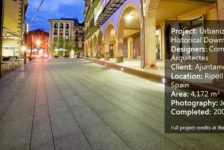

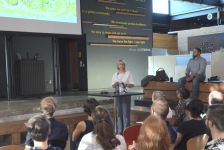
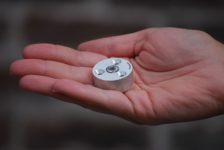

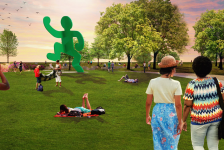
Pingback: Sustainability « Harmony Gardens
J. Robert (Bob) Wainner
Really, the Earth is expected to have almost 10 Billion People by the year 2050??? According to AOC in the U.S. House of Representatives here in the U.S……if we don’t solve the problem of “CLIMATE CHANGE”…..there will be ZERO people on this Planet.
So, if she’s correct, that invalidates your article.